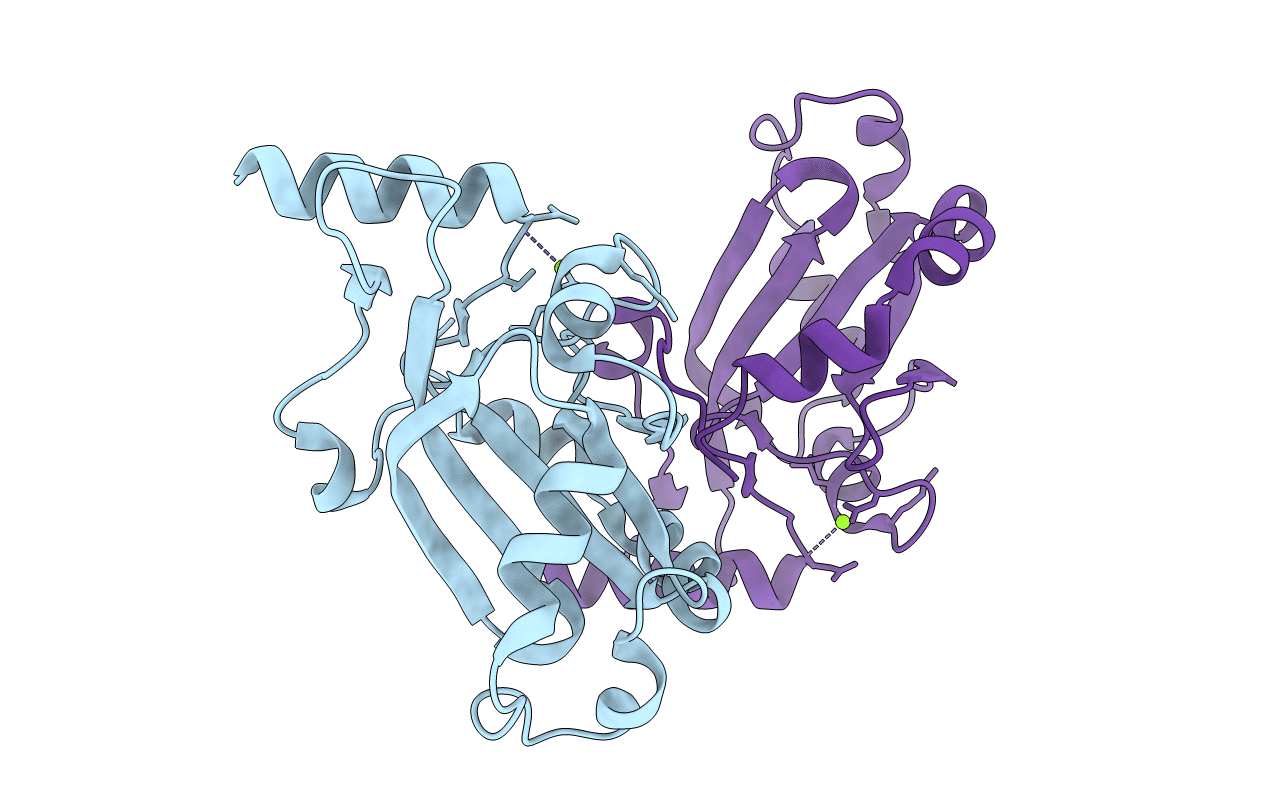
Deposition Date
2018-08-21
Release Date
2019-03-27
Last Version Date
2024-05-15
Entry Detail
PDB ID:
6HFM
Keywords:
Title:
Hsp90 co-chaperone Cns1 C-domain from Saccharomyces cerevisiae
Biological Source:
Source Organism:
Saccharomyces cerevisiae (Taxon ID: 4932)
Host Organism:
Method Details:
Experimental Method:
Resolution:
1.55 Å
R-Value Free:
0.18
R-Value Work:
0.16
R-Value Observed:
0.16
Space Group:
P 21 21 21


